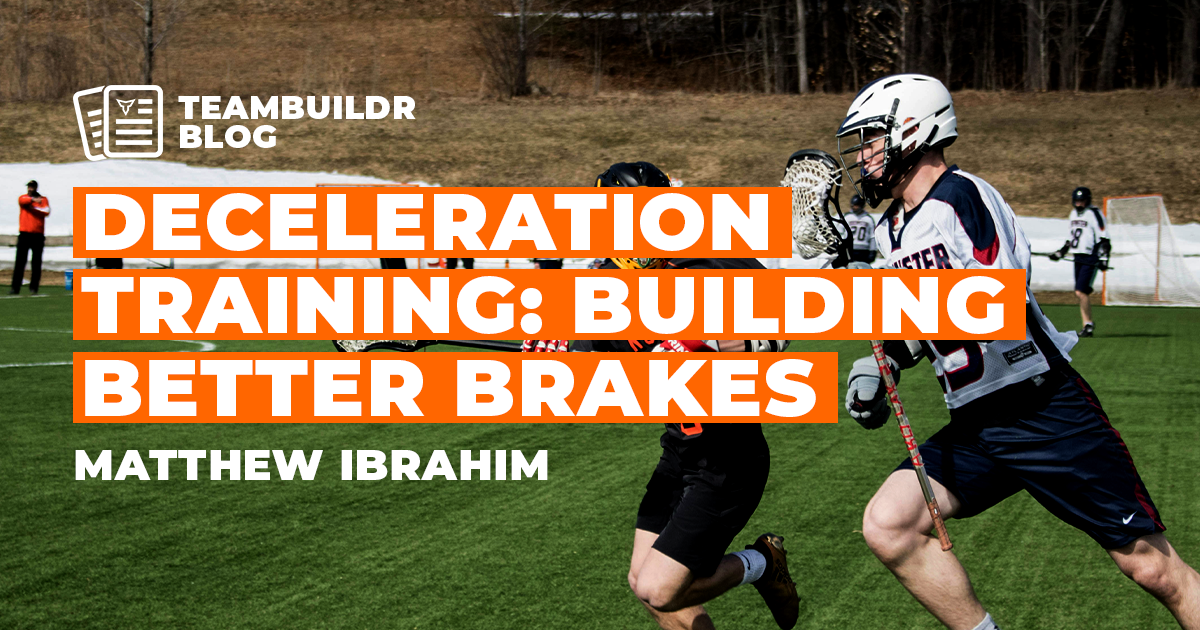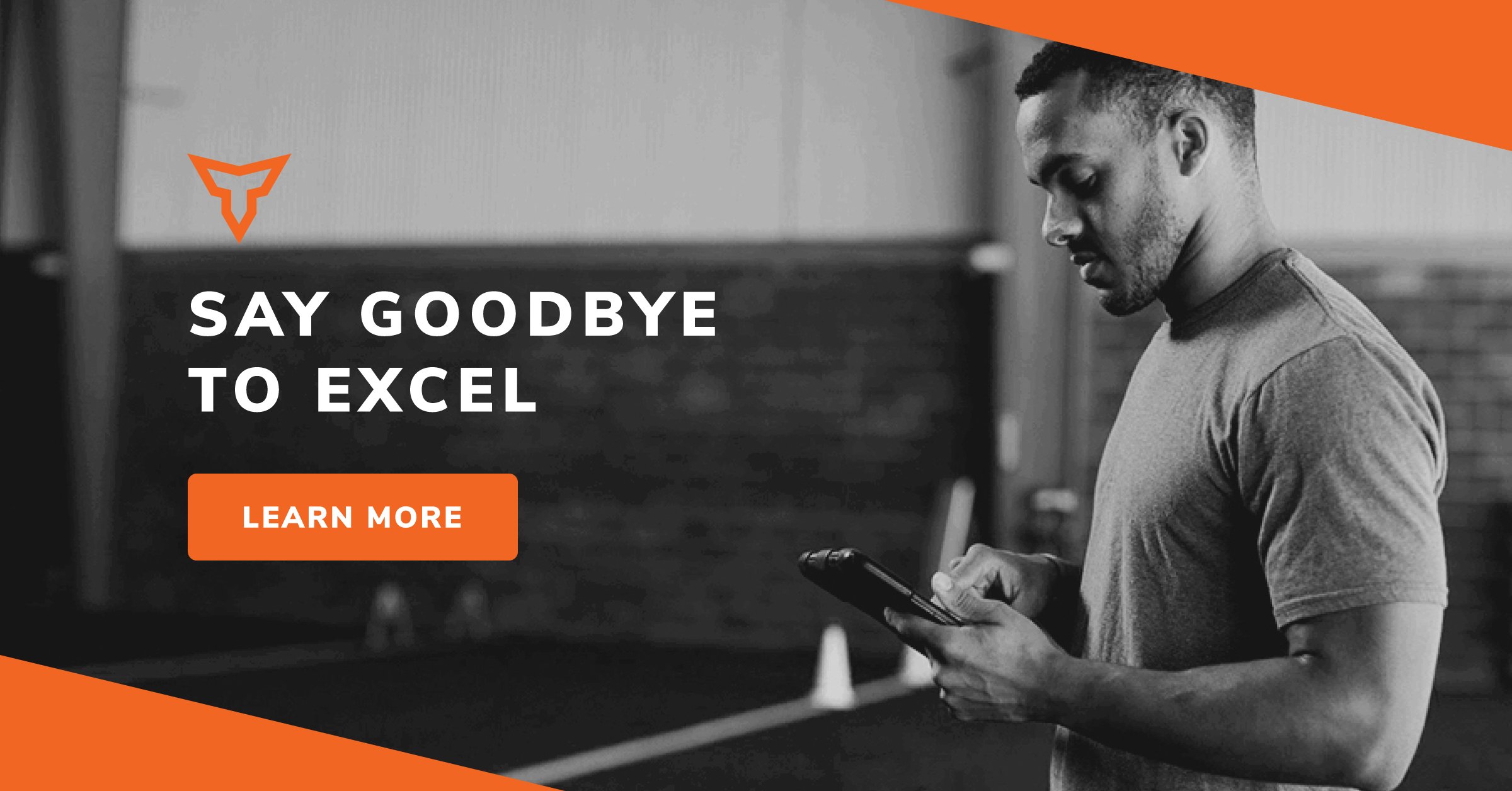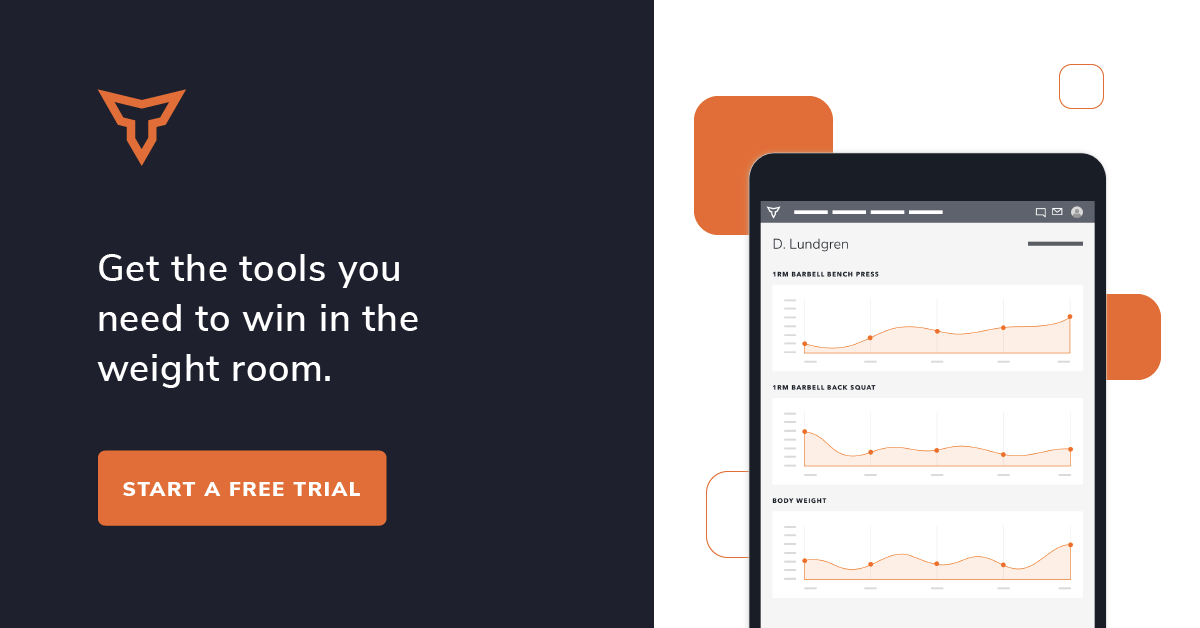3 Best Deadlift Variations For Athletes With Back Pain
When I say “deadlift,” what is your initial visualization of the word? You probably imagined an athlete on a platform, doing a conventional stance deadlift, with a barbell, from the floor – right? That’s pretty much the standard. But that deadlift is not a mandatory lift, nor should it be.
Unless you’re a competitive powerlifter, there’s no rule saying you must deadlift that way to make progress. I do believe what is mandatory is loading a hip hinge pattern in a safe and effective way. We have tons of variations at our disposal and it’s time to start using them at the appropriate times.
One of those times is a situation that I’m sure every athlete and coach has or will experience. Back pain. I’m talking tightness, soreness, bruised, strains, etc. not structural injury. That’s a different conversation to have with a PT or doctor, which I am not.
Whether you strained a muscle or took a big hit in the back during a game, there will come a time where your back may not feel 100 percent. In many cases, movement is the medicine. Loading up a barbell may not make sense, but we can still train the foundational pattern that is the hip hinge.
Here are my three favorite “deadlift” variations for lifters dealing with a little bit of back discomfort. These can help you fine-tune the technique, train the posterior chain pain-free and – most importantly – remain active.
Disclaimer: If it causes pain, don’t do it. Train around pain, not through it.
Deadlift Variations for Back Pain
Single Leg Slider RDL
This variation is great for those with back pain caused by muscular overcompensation from side to side. Single leg training is a crucial tool for eliminating weak points and imbalances in the kinetic chain. The great thing about this deadlift variation for back pain is that it forces athletes into a comfortable and controllable range of motion without risking compensation from the non-working leg.
Since the back leg is fixed to the ground, it eliminates the common hip shifting/opening in a standard SLRDL. The slider helps the lifter stay in a solid position throughout the movement with the toes pointed down and heel to the sky.
The best part is that the lifter can really press the working foot into the ground to initiate the concentric action, firing the hamstring and glutes with crazy intensity. This aspect of the lift replaces any momentum or rear leg momentum in a traditional SLRDL.
Honestly, you may want to try this variation whether you have back pain or not. It’s been an extremely helpful lift to have in the arsenal to introduce the SLRDL and solve back problems during training. Big shoutout to Tony Gentilcore, who I picked this up from.
Band Deadlift
Adding bands to a deadlift is a tradition and very trustworthy methods of accommodating resistance, but simply working with the band itself has its own benefits. This variation is excellent for those who are still learning the movement mechanics or have limitations due to posterior chain weakness.
The band reaches its peak of static tension at top of the lift, giving the athlete a chance to capitalize on a heavy contraction of the glutes without having to lift that heavy load.
The flip side to that is that the band is also going to be pulling the lifter downwards during the eccentric phase of the lift with the most tension possible until the band starts to get its slack back.
Again, the lifter can cash in on a crucial moment of resistance without having to handle that load for the entire life.
This is also a great all-around tool to have, even if it's just a part of the dynamic warm up. Lifters can get silky smooth with their technique and moderate intensity before hitting the weights.
Med Ball Bear Hug Deadlift
Lastly, this variation has recently become one of my go-to teaching tools for the hip hinge. The squeeze of the medicine ball does a great job of forcing tension in the lats and core. The harder you squeeze, the more you feel how powerful those regions of the body can be working to help the deadlift.
Another reason for the bear hug is to teach lifters how to and what it feels like to keep external load near their center of mass. Whether it’s a barbell over the shoelaces or a medicine ball in the gut, it gets athletes ready to stability, balance and produces force optimally through their whole foot.
Again, this does not have to be limited to athletes with back pain or newbies learning the ropes. It’s a great warm-up tool and can also be useful in conditioning-based sessions with higher reps.
Of course, to get the best response to training you’re going to want to turn up the intensity a few notches and move some weight but never at the expense of an athlete’s health. There are no mandatory exercises, only mandatory movements. Find a way to load up these foundational pieces to the athletic puzzle and the amount of “banged-up” people you have to modify for will start to drastically decrease.
Subscribe to our blog
Subscribe to receive the latest blog posts to your inbox every week.
Related posts
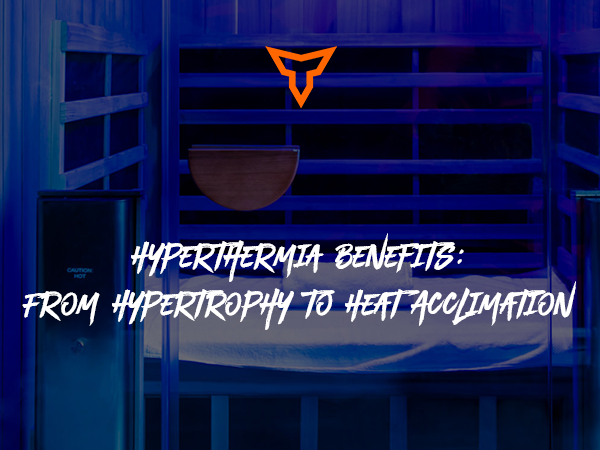
Hyperthermia Benefits: Hypertrophy and Heat Acclimation
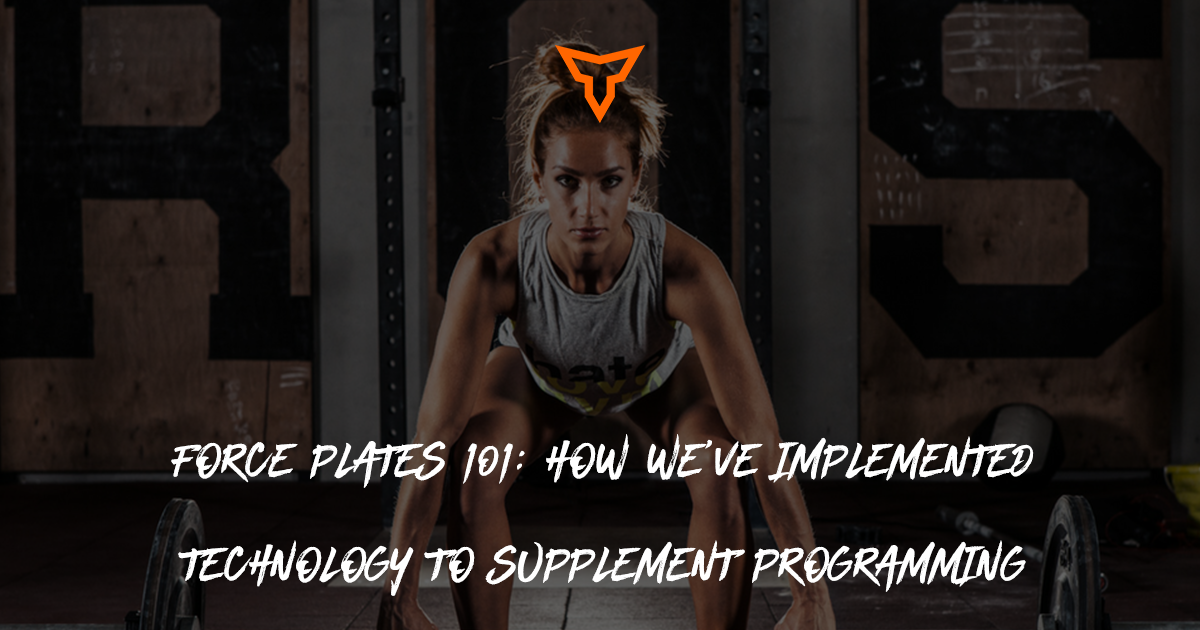
Force Plates 101: How We've Implemented Technology to Supplement Programming
